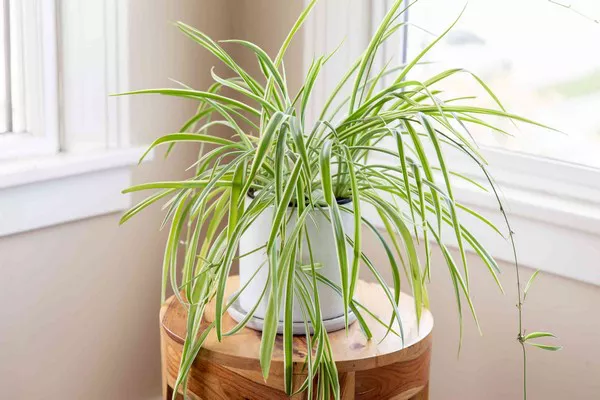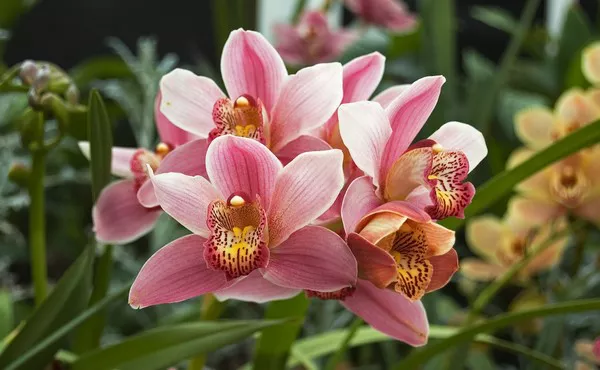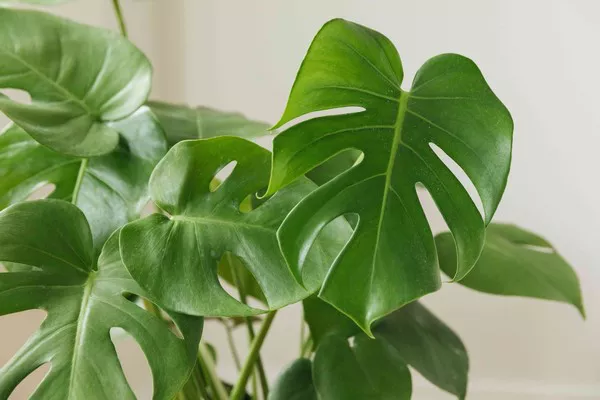Lilacs (Syringa) are cherished for their fragrant blooms and beautiful colors, making them a popular choice for gardens and landscapes. Among the many varieties of lilacs, some stand out not only for their captivating flowers but also for their impressive height. This article explores the five tallest lilac varieties, providing a detailed overview of each, including their growth characteristics, optimal care, and aesthetic appeal.
5 Tallest Lilac Varieties
1. Common Lilac (Syringa vulgaris)
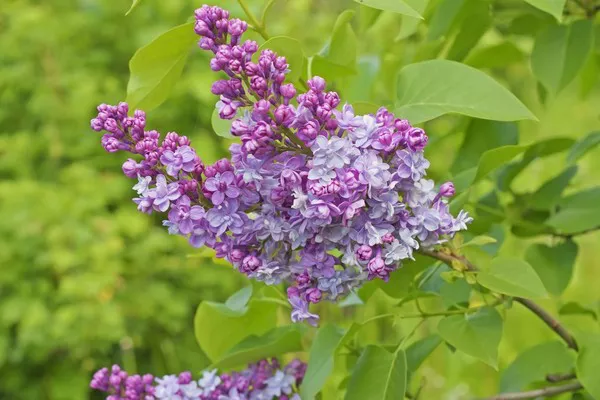
Growth Characteristics
The Common Lilac, also known as the French Lilac, is one of the tallest and most widely recognized lilac species. It typically reaches heights of 8 to 12 feet (2.5 to 3.6 meters), though in ideal conditions, it can grow even taller. This deciduous shrub is known for its dense, upright growth habit and broad, rounded canopy.
Blooming and Appearance
The Common Lilac produces large, aromatic clusters of flowers that come in shades of purple, lavender, pink, and white. The bloom period occurs in late spring to early summer, lasting for several weeks. Its heart-shaped leaves add to its ornamental value throughout the growing season.
Optimal Care
- Soil: Prefers well-drained soil with a slightly acidic to neutral pH.
- Light: Thrives in full sun but can tolerate partial shade.
- Watering: Requires regular watering, especially during dry spells.
- Pruning: Regular pruning after flowering helps maintain its shape and encourages better bloom production.
Additional Notes
The Common Lilac is highly valued for its longevity and resilience. It is a hardy plant that can withstand a range of temperatures, making it suitable for various climates. Its robust nature and striking appearance make it a favorite among gardeners.
See Also: Top 10 Most Beautiful Poisonous Flowers
2. Japanese Tree Lilac (Syringa reticulata)
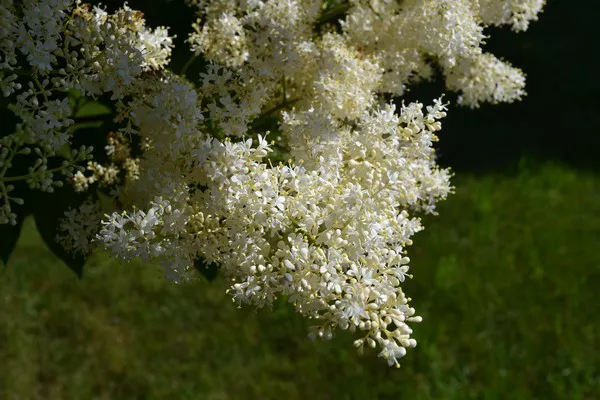
Growth Characteristics
The Japanese Tree Lilac, also known as the Tree Lilac, is renowned for its impressive height, often reaching 15 to 25 feet (4.5 to 7.6 meters). This variety distinguishes itself from others by its tree-like form, with a single trunk and a more upright growth pattern compared to other lilacs.
Blooming and Appearance
In early to mid-summer, the Japanese Tree Lilac produces large, creamy-white flower clusters that emit a delicate fragrance. The flowers are less fragrant compared to the Common Lilac, but they are visually stunning and cover the tree in a profusion of white blooms. The dark green leaves turn yellow in the fall, adding seasonal interest.
Optimal Care
- Soil: Adapts to a range of soil types but prefers well-drained soil.
- Light: Requires full sun for optimal growth and blooming.
- Watering: Regular watering is essential, particularly during dry periods.
- Pruning: Minimal pruning is needed, but occasional thinning can enhance its shape and health.
Additional Notes
The Japanese Tree Lilac is often used as a specimen tree or focal point in landscapes due to its height and unique form. Its ability to tolerate urban conditions and its low maintenance requirements make it a practical choice for city gardens.
3. Syringa ‘President Grevy’
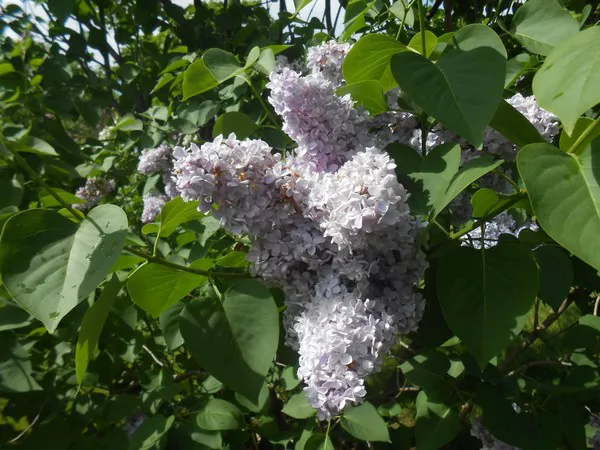
Growth Characteristics
‘Syringa ‘President Grevy’ is a hybrid lilac variety known for its impressive height, typically reaching 10 to 12 feet (3 to 3.6 meters). This variety is celebrated for its vigorous growth and lush, dense foliage, which supports its tall stature.
Blooming and Appearance
This cultivar is particularly noted for its striking blue-purple flowers, which are larger and more fragrant than those of many other lilacs. The blooms appear in large, showy panicles and are complemented by dark green, heart-shaped leaves. The flowering period is generally in late spring.
Optimal Care
- Soil: Prefers well-drained, loamy soil with a neutral to slightly alkaline pH.
- Light: Thrives in full sun but can tolerate light shade.
- Watering: Regular watering is necessary to maintain its vigor and flower production.
- Pruning: Prune after flowering to promote better air circulation and to maintain shape.
Additional Notes
‘Syringa ‘President Grevy’ is a popular choice for those seeking a taller lilac with vibrant flower color and a strong fragrance. Its adaptability to various soil types and its ornamental value make it a versatile addition to gardens.
4. Syringa ‘Miss Kim’
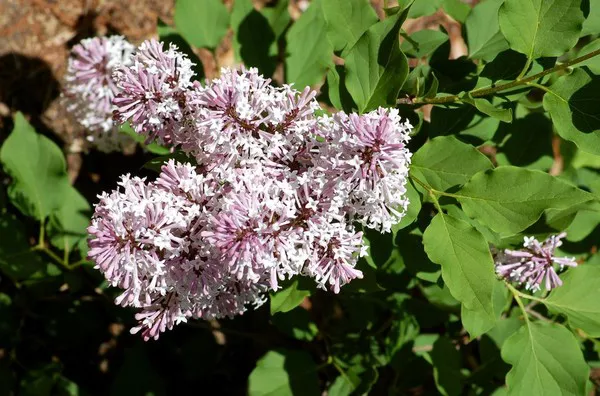
Growth Characteristics
‘Syringa ‘Miss Kim’ is a dwarf lilac variety, but it can reach a height of up to 8 to 10 feet (2.5 to 3 meters) in ideal conditions. Although not as tall as some other varieties, it is notable for its compact form and dense foliage, which contribute to its overall height.
Blooming and Appearance
‘Miss Kim’ produces fragrant, lavender-blue flowers in late spring, which are smaller than those of other varieties but still provide a striking display. The plant is also valued for its attractive, dark green foliage, which turns a pleasing shade of yellow in the fall.
Optimal Care
- Soil: Prefers well-drained soil with a slightly acidic to neutral pH.
- Light: Requires full sun for optimal growth and flowering.
- Watering: Regular watering is important to keep the plant healthy.
- Pruning: Prune after flowering to maintain its shape and remove any dead or diseased wood.
Additional Notes
‘Syringa ‘Miss Kim’ is often chosen for smaller gardens or as a border plant due to its manageable size and dense growth. Its beautiful blooms and fall foliage add seasonal interest, making it a valued addition to many landscapes.
5. Syringa ‘Charles Joly’
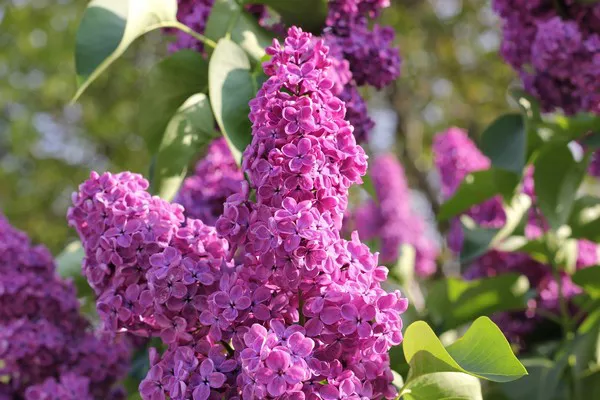
Growth Characteristics
‘Syringa ‘Charles Joly’ is a robust lilac variety that can reach heights of 10 to 15 feet (3 to 4.5 meters). This cultivar is known for its vigorous growth and tall, upright form, making it a standout in any garden setting.
Blooming and Appearance
This variety produces large, deep reddish-purple flower clusters with a strong, sweet fragrance. The blooms are dense and showy, appearing in late spring. The dark green leaves provide a complementary backdrop to the vibrant flowers, and the plant’s overall shape remains attractive throughout the growing season.
Optimal Care
- Soil: Thrives in well-drained, loamy soil with a slightly alkaline to neutral pH.
- Light: Requires full sun to flourish and produce the best blooms.
- Watering: Consistent watering is necessary, particularly during dry spells.
- Pruning: Prune after flowering to encourage new growth and to maintain the plant’s shape.
Additional Notes
‘Syringa ‘Charles Joly’ is prized for its striking flower color and its height, making it a popular choice for adding a bold splash of color to larger gardens. Its strong fragrance and reliable performance enhance its appeal.
See Also: Top 10 Most Beautiful Blue Flowers in the World
Conclusion
These five tallest lilac varieties each offer unique characteristics that can enhance various garden settings. From the towering Japanese Tree Lilac to the vibrant ‘Charles Joly,’ these lilacs provide a range of options for gardeners looking to add height and beauty to their landscapes. Understanding the growth habits, blooming patterns, and care requirements of each variety can help ensure a successful and stunning display of lilac blooms.
Whether you’re an experienced gardener or a beginner, incorporating these tall lilac varieties into your garden can create a magnificent floral display that lasts for years to come.
You Might Be Interested In:



![10 Most Richest Cities in the United States [Revealed!]](https://www.validdownloads.com/wp-content/uploads/2023/12/Manjula-Pothos.webp)

